-

PhD Program Recommendation Letter Samples
Continue ReadingPhD Program Recommendation Letter Samples
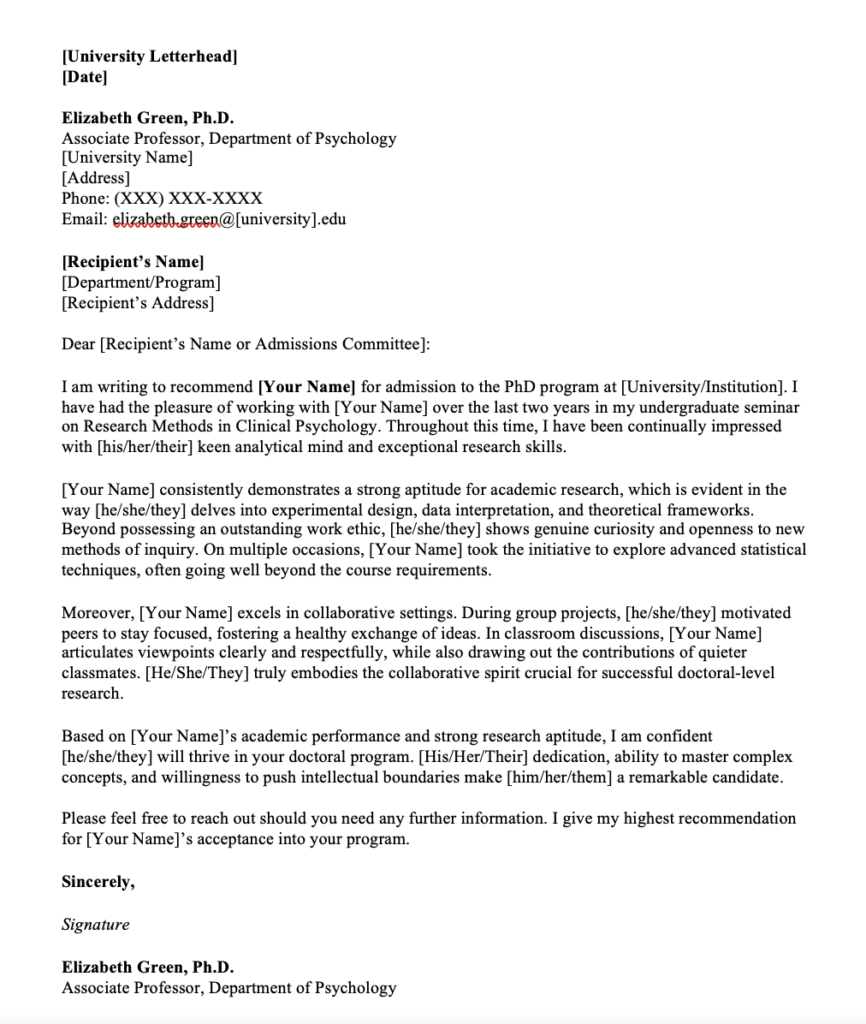

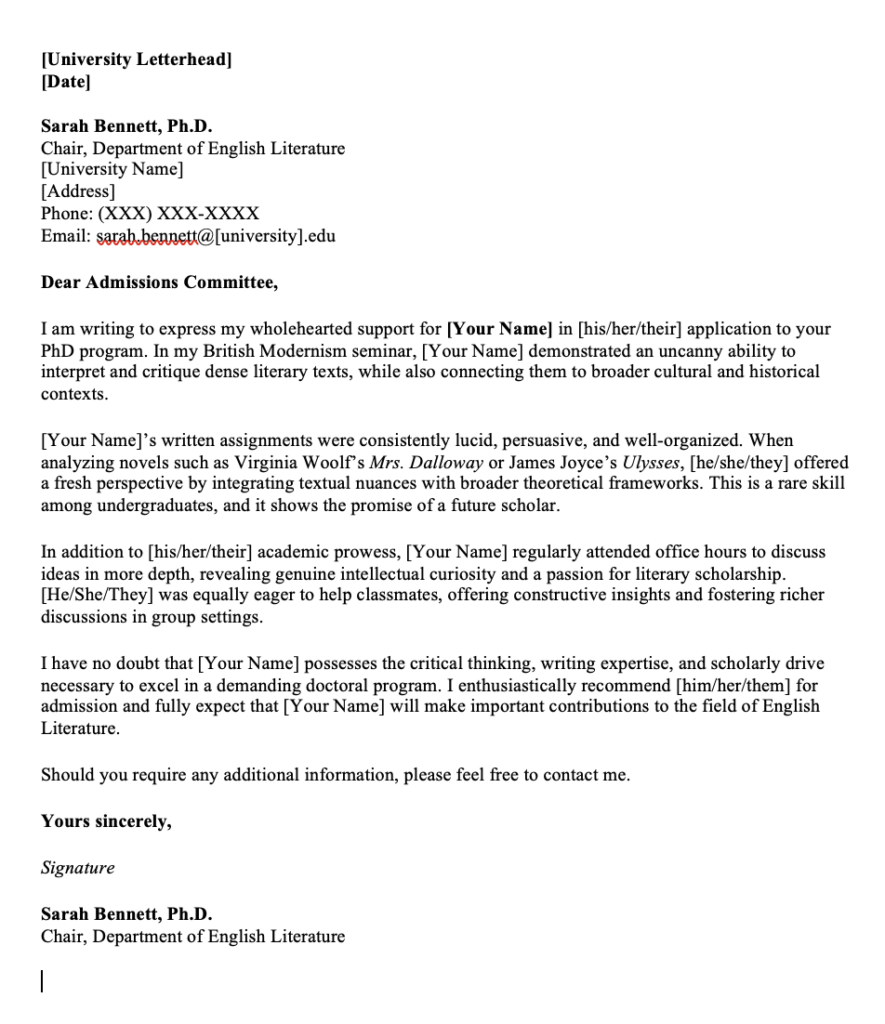
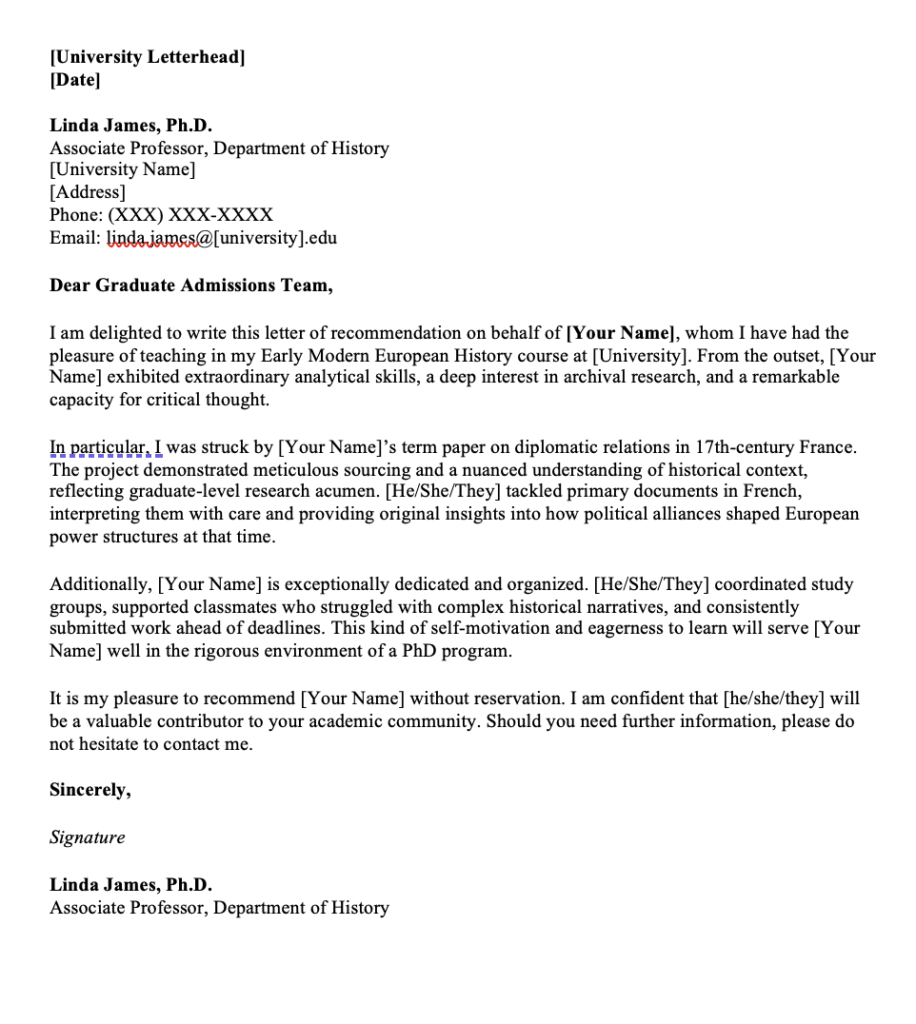
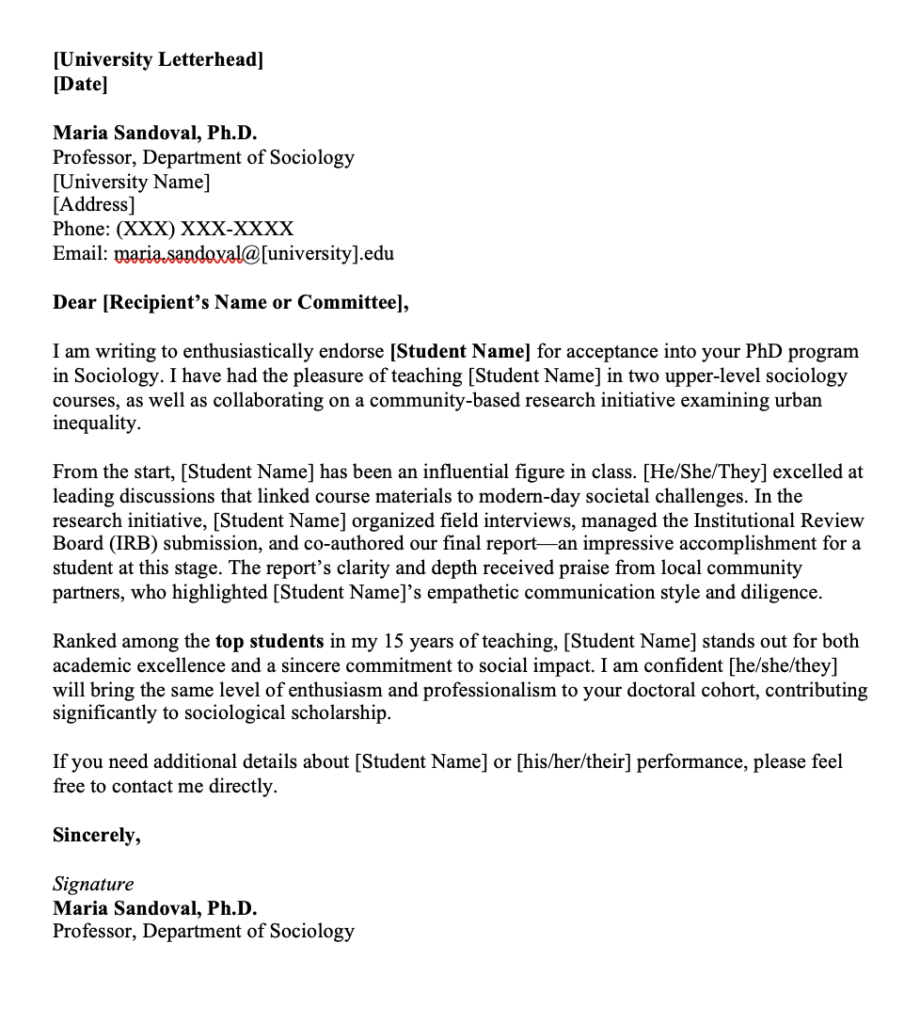
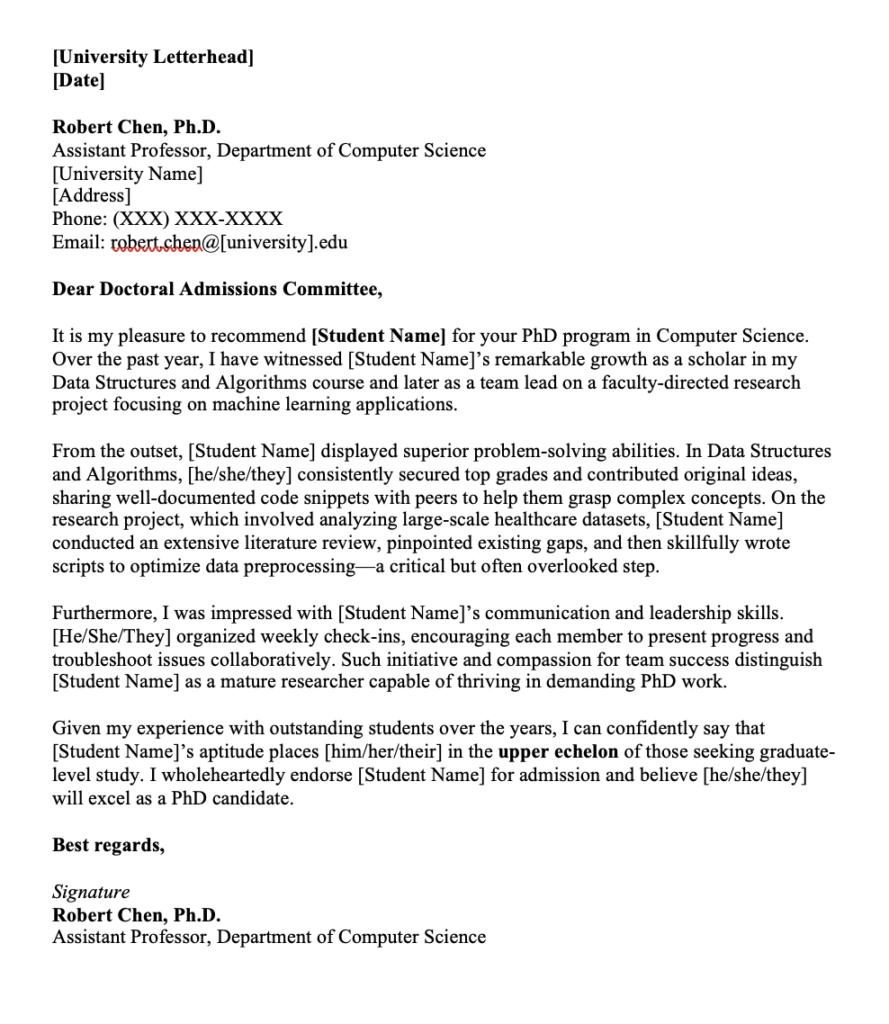
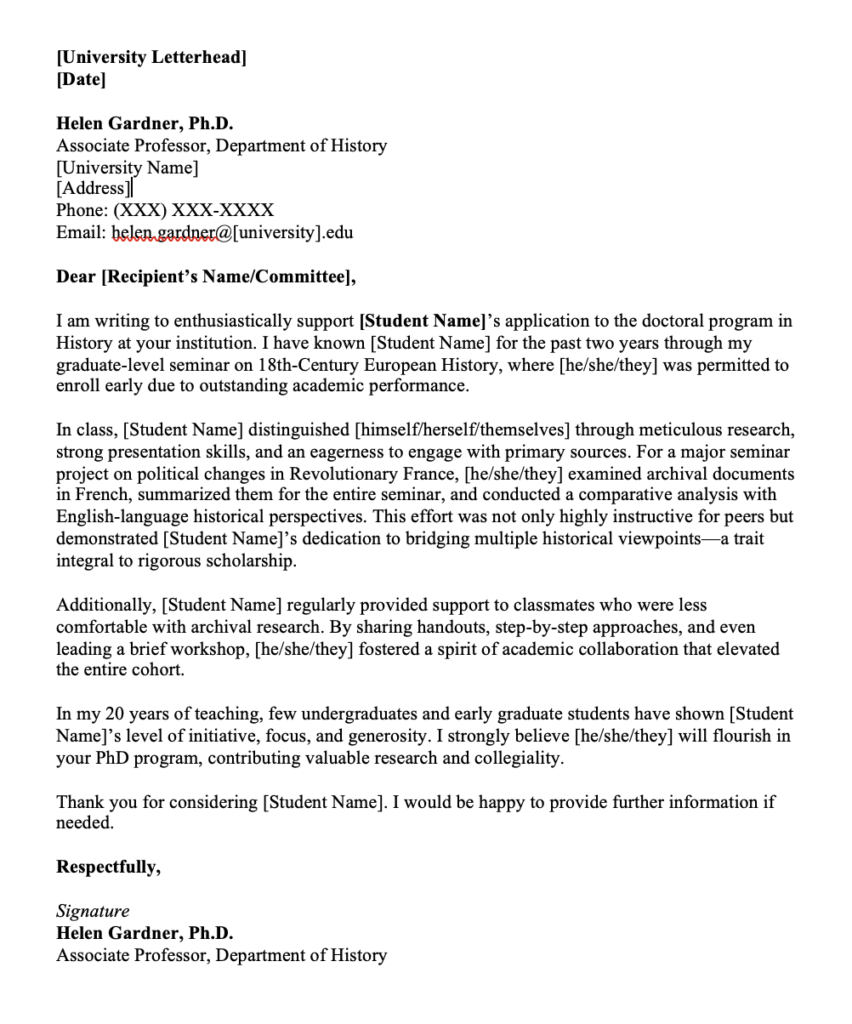
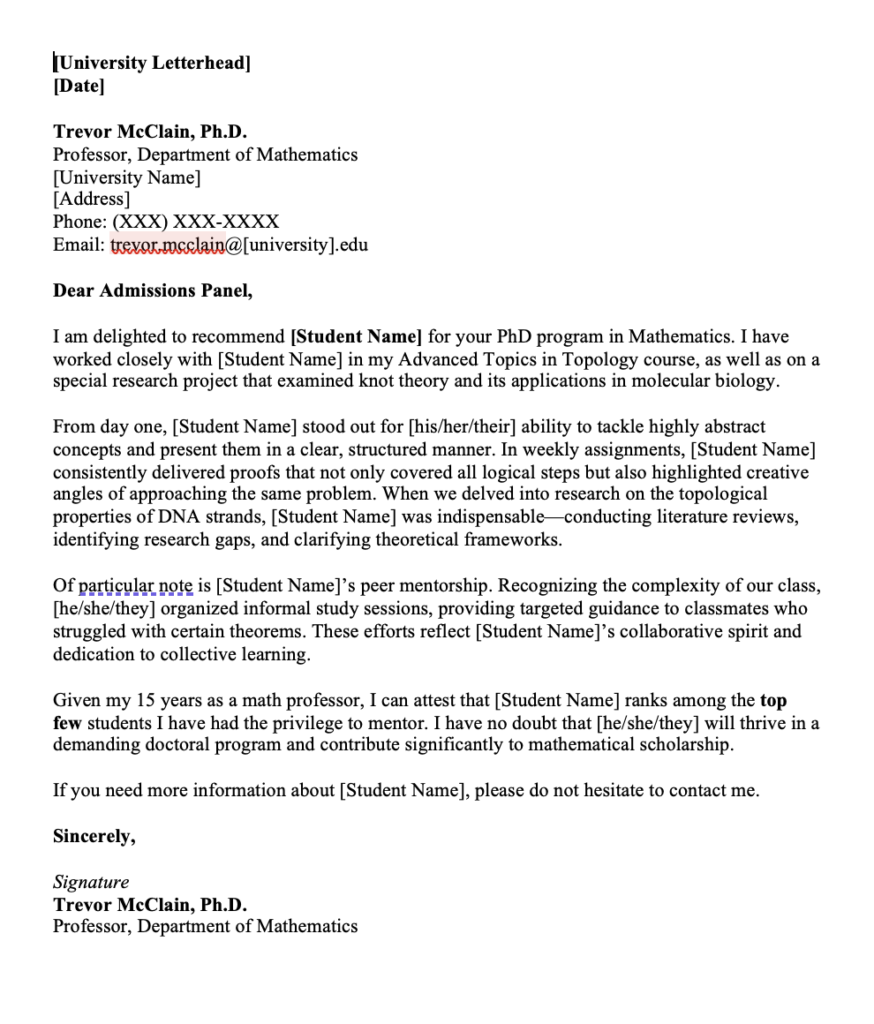
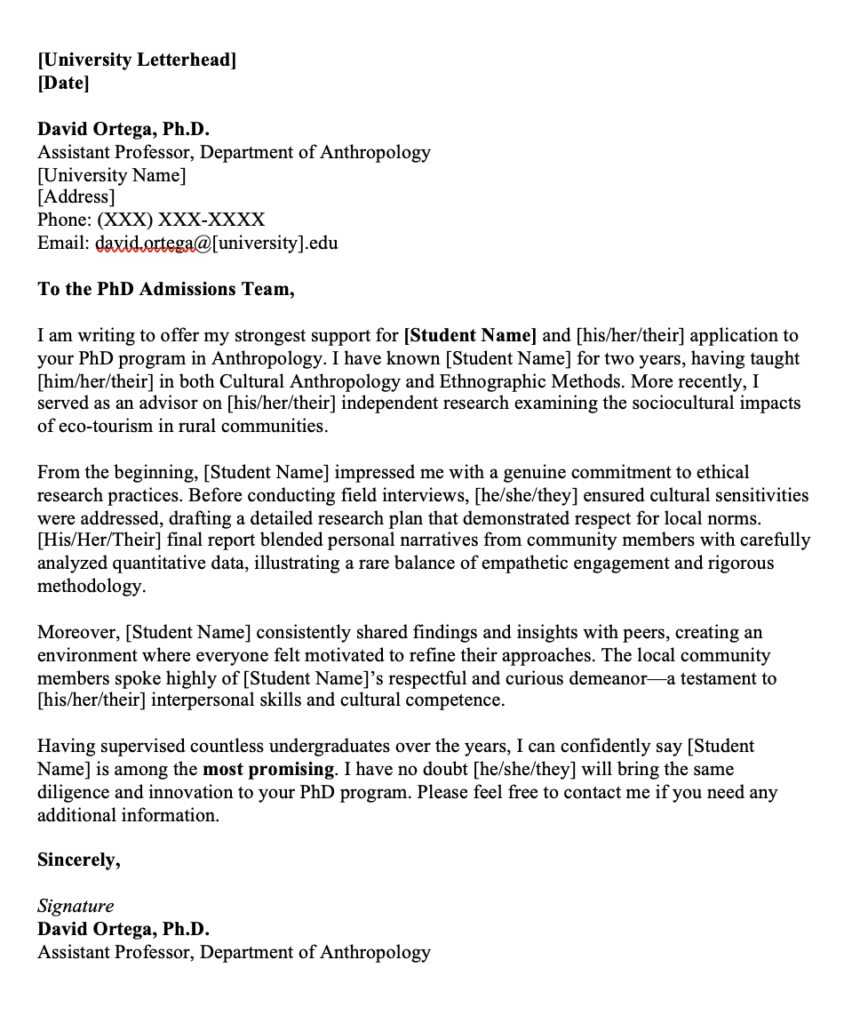
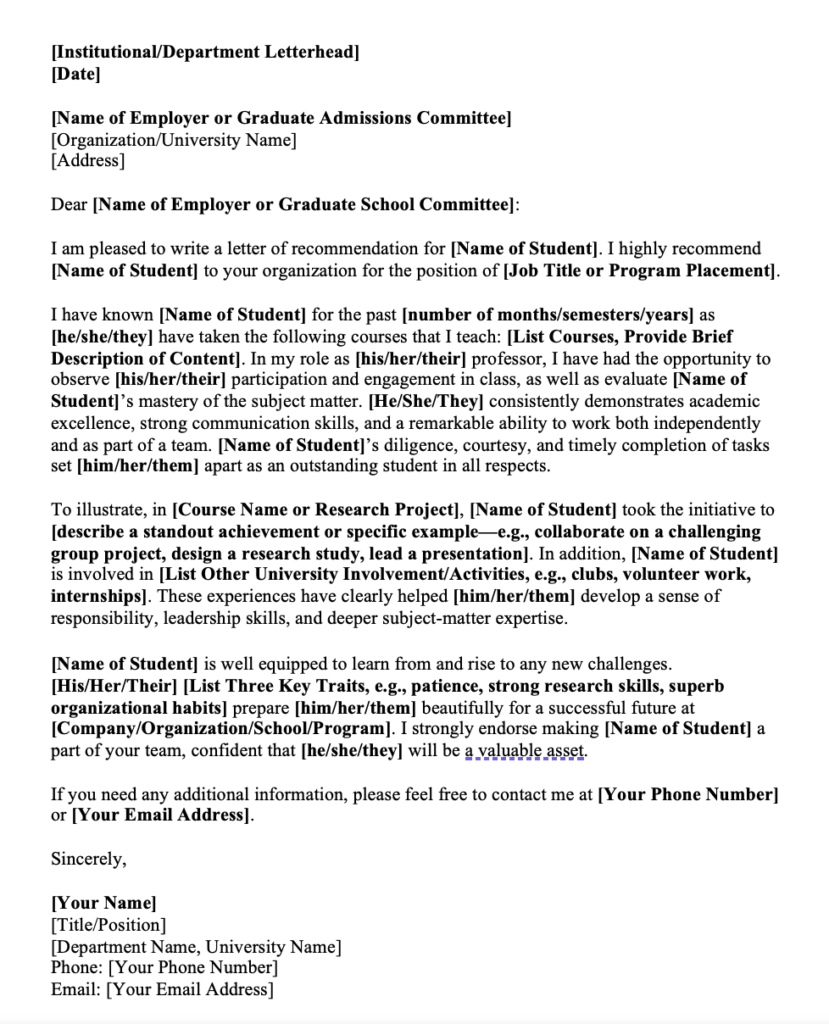
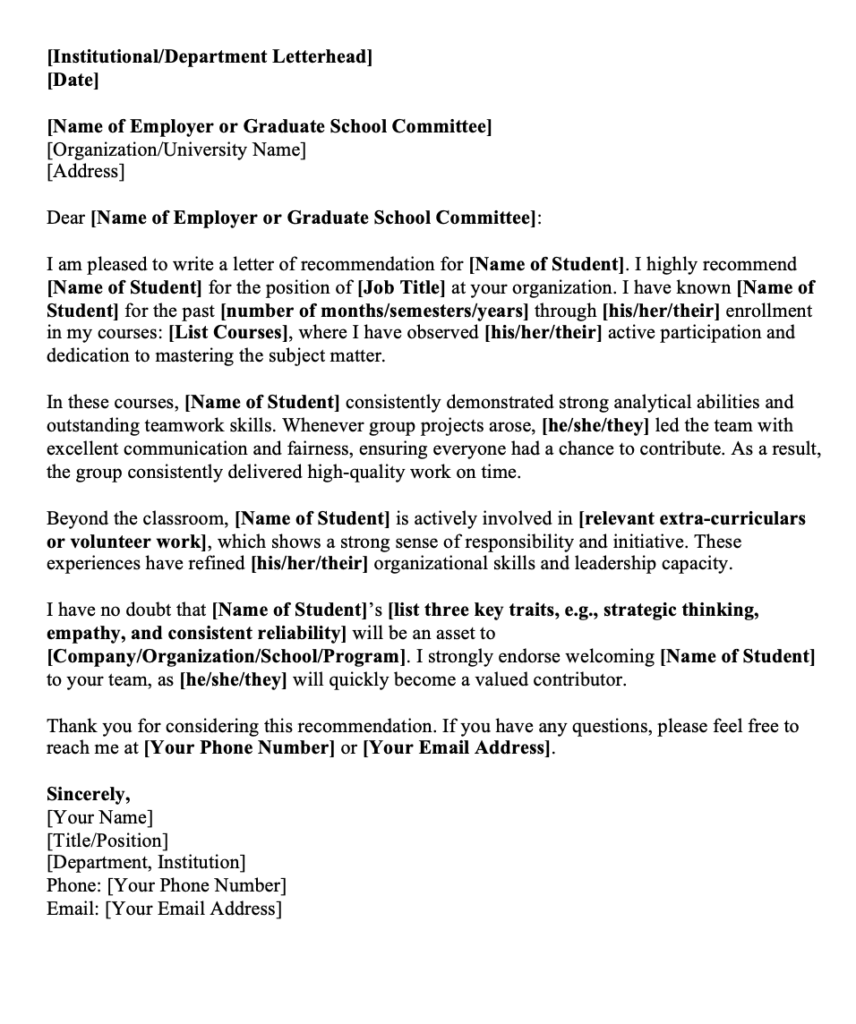
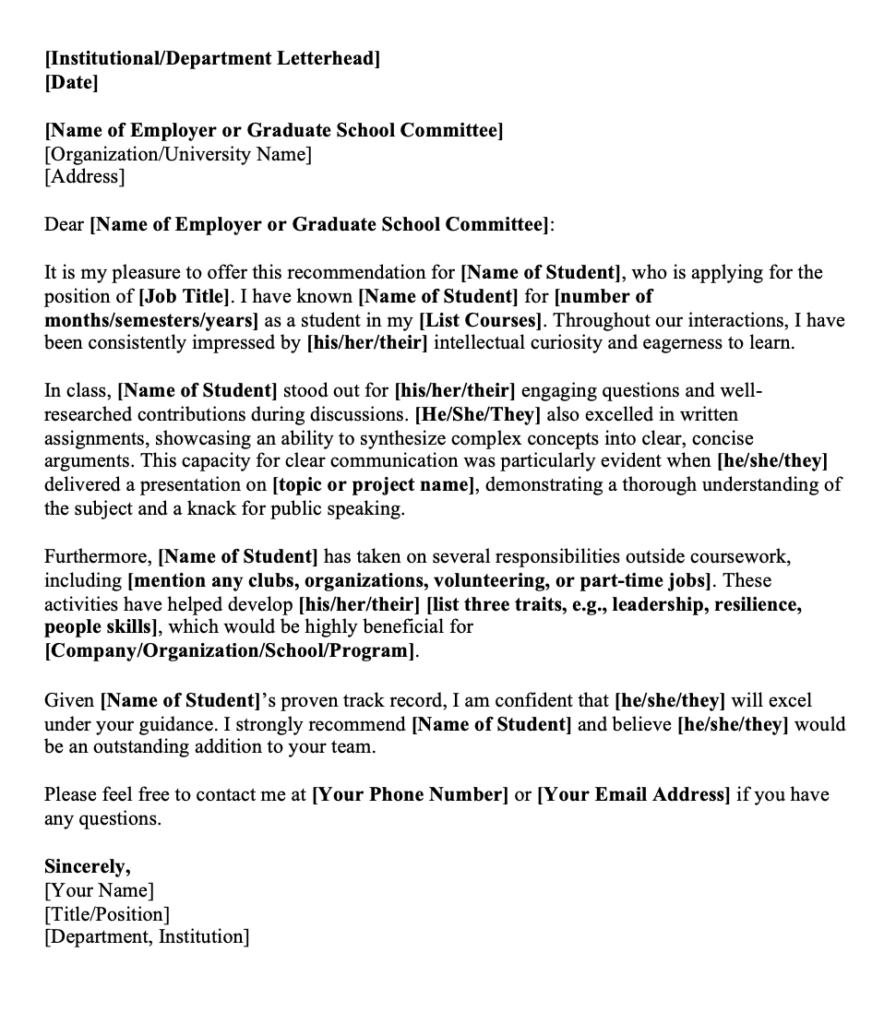
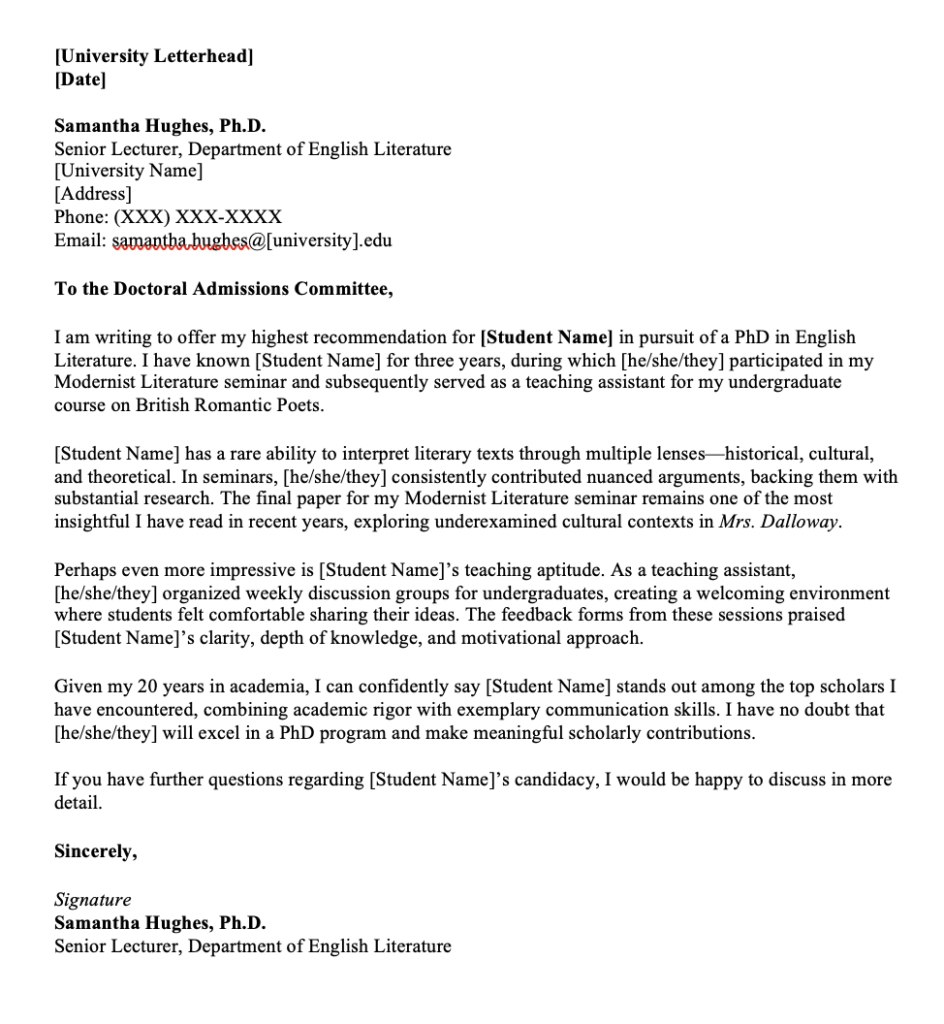
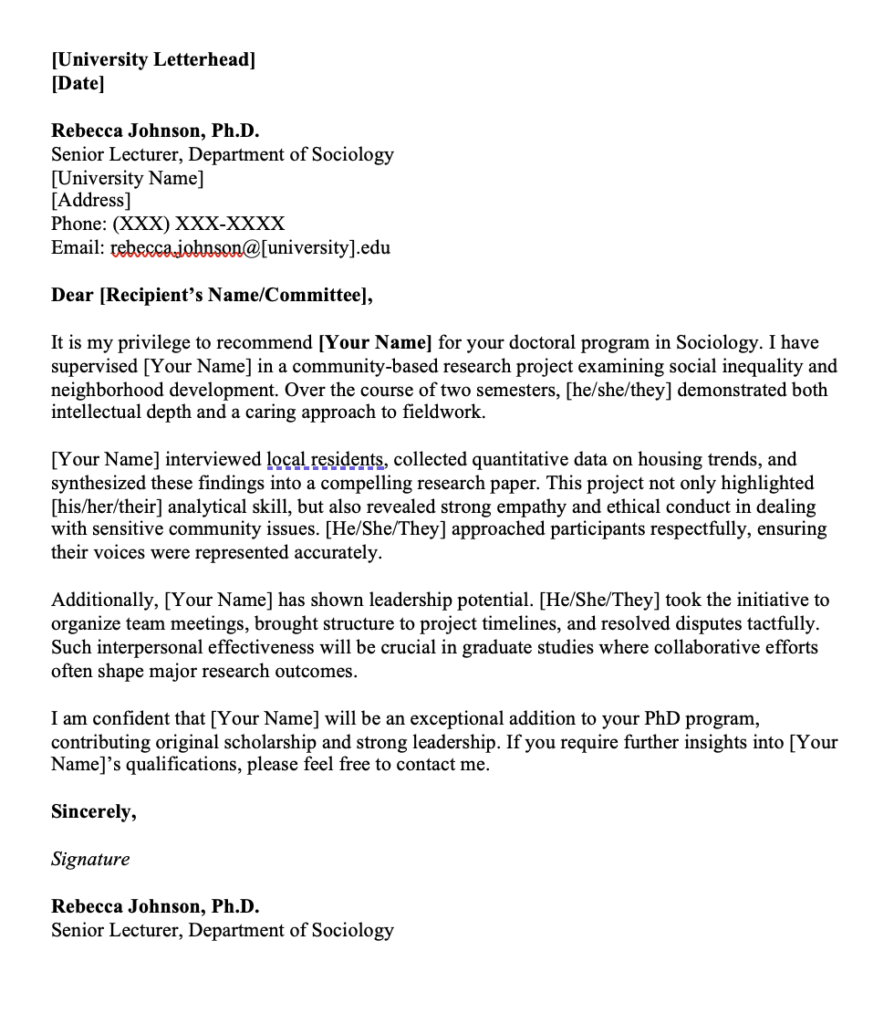
Join our email list to receive job alerts directly in your inbox!

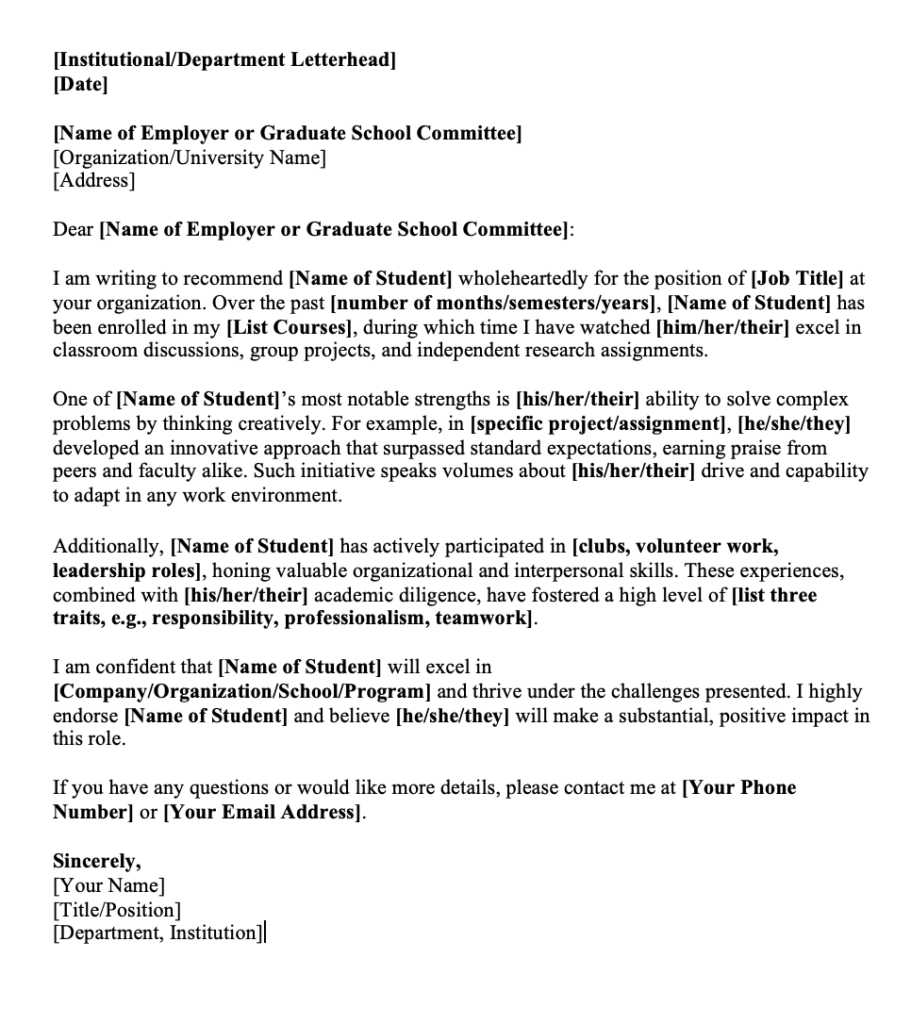
Share
Related Articles
Career Opportunities
Explore Science Stories
Recent Career Opportunities
-

Websites to Create and Download Free Resume...
Continue ReadingWebsites to Create and Download Free Resume Templates
Looking for a free way to make a professional resume or CV? Whether you need a simple one-page resume, a longer multi-page CV, or an academic CV for PhD or postdoctoral applications, there are websites that can help.
These tools are easy to use and free to access. Check out these great websites where you can create or download free resume templates:
1. TempaHive
Features:
• Free Resume Templates: TempaHive has many different resume templates for all types of jobs. Whether you want a simple or creative design, you’ll find something that suits you.
• Academic CV Templates: They also have templates for academic CVs, perfect for PhD applications, postdoc positions, and research jobs.
• Free Resume Builder: You can sign up for free and use their resume builder. There are no limits on how many templates you can download.
Why It’s Great:
TempaHive is great for job seekers and academics. You can find both professional and academic CV templates for free.
Features:
• Academic CV Builders: This site is especially for academics. You can find free CV builders for PhD CVs, Postdoc CVs, Assistant Professor CVs, Lecturer CVs, and Scientist CVs.
• Easy to Use: The site is simple to use, and the templates are designed for academic jobs. You just fill in your information.
Why It’s Great:
ResearchTweet Tools is perfect if you need an academic CV. It’s easy to create a professional CV for any academic role you are applying for.
3. TempaLyst
Features:
TempaLyst offers a special package for PhD applications and postdoc applications. The package includes:
- Editable CV: A professional CV template that you can edit.
- Editable Cover Letter: A cover letter template to help you write your application.
- Editable Recommendation Letter: Templates for your reference letters.
- Extra Features: Icons, follow-up email templates, and more.
- Helpful Guides: Guides on how to write a good cover letter and make your CV stand out.
Why It’s Great:
TempaLyst is perfect for PhD and postdoc applicants. The package includes everything you need for a complete application, including recommendation letters and email templates.
Share
Related Articles
Career Opportunities
Explore Science Stories
Recent Career Opportunities
-

Midnight’s Secret: The Hormone That Silences Your...
Continue ReadingMidnight’s Secret: The Hormone That Silences Your Hunger
What if the secret to preventing obesity lies not just in what we eat but also in how we sleep?
According to groundbreaking research, scientists have uncovered a new hormone called Raptin that spikes during our sleep and plays a critical role in controlling appetite and weight gain.
This finding could open doors to innovative therapies for those struggling with obesity, offering fresh hope rooted in our natural circadian rhythms.

Recent research identifies Raptin as a previously unknown hormone produced in the hypothalamus, the master control center of the brain that governs crucial functions like body temperature, hunger, and sleep.
It turns out Raptin is released primarily during the sleep phase—when its levels peak in the bloodstream—and its presence correlates with a notable reduction in appetite.
- In mouse models with disrupted sleep schedules (e.g., “sleep fragmentation”), scientists observed a decline in Raptin levels. This reduction corresponded with increased food intake, faster weight gain, and a higher propensity for obesity.
- Conversely, animals given extra Raptin or genetically engineered to produce more of it exhibited lower appetite, reduced body weight, and healthier metabolic markers.
These findings point to a strong link between sleep quality and metabolic health, offering a more complete picture of why poor sleep habits can accelerate weight gain.
Stay updated with top science articles and brief summaries delivered to your email!
Breakdown of Mechanisms:
1. Origin and Timing
a. Raptin is cleaved from a protein called RCN2 in a specific region of the hypothalamus known as the paraventricular nucleus (PVN).
b. Production is triggered by signals from vasopressin-producing neurons in the suprachiasmatic nucleus (SCN)—the “circadian clock” of the brain.
c. Because these signals are strongest during rest periods, Raptin levels naturally surge at night (or whenever an organism’s major sleep window occurs).
2. Binding and Action
a. Raptin attaches to a receptor named GRM3 in the hypothalamus and in certain neurons in the stomach.
b. Through this receptor, Raptin activates a biochemical pathway (involving PI3K-AKT signaling) that makes neurons more energetically “ready,” ultimately dampening the urge to eat.
c. Another effect is delayed gastric emptying, meaning your stomach sends “I’m full” signals for longer, naturally decreasing the desire for extra meals or snacks.
3. Real-World Consequences
a. If sleep is consistently cut short or is of poor quality, your body may not produce enough Raptin at night.
b. You might then wake up hungrier or feel compelled to snack more often—especially late in the evening—hastening weight gain.
c. Conversely, prioritizing adequate, high-quality sleep appears to boost Raptin levels and supports healthier eating patterns.
Impact on the Body and Daily Life:
a. Metabolic Benefits:
People (and animals) with robust Raptin rhythms tend to regulate blood sugar and insulin sensitivity more efficiently, indicating possible protection against type 2 diabetes.
2. Weight Management:
Raptin’s ability to curb appetite and slow gastric emptying points to potential new weight-loss or weight-maintenance strategies.
3. Mood and Wellbeing:
Better sleep is often associated with improved mood. While still under investigation, the synergy between balanced Raptin release, stress management, and emotional regulation may help curb some of the emotional-eating triggers.
Join our email list to receive job alerts directly in your inbox!
While more research is needed, the discovery of Raptin offers a unique view of the sleep–appetite connection. It suggests that getting enough rest isn’t just about recharging our minds—it might be vital for keeping our bodies at a healthy weight.
By taking steps to optimize sleep quality (think comfortable dark rooms and consistent bedtimes), you might help your body naturally sustain Raptin levels.
The next time you’re tempted to skimp on rest, remember: in addition to mental clarity, a good night’s sleep just might be your best ally in managing your waistline and overall health.
Share
Related Articles
Career Opportunities
Explore Science Stories
Recent Career Opportunities
-

How Exercise Can Delay Aging: Insights From...
Continue ReadingHow Exercise Can Delay Aging: Insights From a New Research

Imagine a world where aging doesn’t mean losing your ability to move freely or stay independent. What if the secret lies not in a bottle, but in the type of exercise you choose?
A groundbreaking study on mice reveals how exercise impacts aging—and the results may inspire a new fitness routine.
Stay updated with top science articles and brief summaries delivered to your email!
Key Findings:
1. Exercise Types Tested: Two exercise models were compared—High-Intensity Interval Training (HIIT) and Voluntary Wheel Running (VWR). HIIT involves intense bursts of activity followed by rest, while VWR mimics casual jogging where mice exercise at their own pace.
2. Impact on Aging: Both forms of exercise improved or preserved physical function in older mice, with significant reductions in age-related declines.
3. Key Results for Older Mice:
- Improved strength, endurance, and body composition.
- Maintained muscle function compared to sedentary counterparts.
The researchers used C57BL/6 mice—commonly used in aging research. Mice were split into three groups: HIIT, VWR, and sedentary controls.
Over 13 weeks, the team assessed physical performance using a comprehensive scoring system called CFAB, measuring strength, endurance, and overall mobility.
Breaking Down the Mechanisms:
HIIT’s Efficiency: Short but intense workouts led to substantial improvements in treadmill endurance and fat reduction in older mice.
Think of HIIT as sprinting up a hill and then walking down—it’s intense but quick.
VWR’s Consistency: This model showed more gradual benefits, such as better grip strength.
Picture a leisurely jog in the park—it’s less intense but still beneficial over time.
How Does This Translate to Humans?
1. Muscle Preservation: Aging humans lose about 1%–2% of muscle mass annually after 50. Exercise—regardless of intensity—can significantly slow this decline.
2. Time-Saving: HIIT offers similar benefits as traditional endurance exercise but requires less time—perfect for busy schedules.
3. Real-World Impact: Encouraging any form of physical activity can counteract age-related frailty, supporting independence.
Join our email list to receive job alerts directly in your inbox!
Practical Applications:
1. For Beginners: Start small. Even short walks or light jogging can bring noticeable benefits.
2. For Time-Conscious Individuals: Incorporate HIIT into your routine with just 20-minute sessions a few times weekly.
3. Diet Matters: Pair exercise with protein-rich diets to maximize muscle retention.
Relating to You:
Whether you’re a student, a tech worker, or a retiree, this study underscores one thing—starting any exercise routine, at any age, can be transformative. For older adults, even light activity can preserve mobility and improve quality of life.
Conclusion:
This study reaffirms an age-old mantra: “Move it or lose it.” But it also highlights that the how matters less than the doing. Whether you’re sprinting through HIIT or strolling in a park, every step counts toward aging gracefully.
Share
Related Articles
Career Opportunities
Explore Science Stories
Recent Career Opportunities
-

A Revolutionary Approach to Obesity Treatment
Continue ReadingA Revolutionary Approach to Obesity Treatment

What if managing your weight could be as simple as targeting two hormones? Imagine a future where obesity treatments are not just effective but sustainable and personalized.
A groundbreaking study published in Science Translational Medicine unveils a dual-action hormone therapy that could change the landscape of weight loss forever.
Stay updated with top science articles and brief summaries delivered to your email!
Obesity is one of the most challenging health crises of our time, with millions struggling against its effects. Traditional approaches, from diets to medications, often fall short of long-term success.
Scientists have long known about two key players in regulating our metabolism: glucagon-like peptide-1 (GLP-1) and leptin. While GLP-1 helps control appetite, leptin signals the brain about the body’s fat stores.
But here’s the catch: these hormones have limitations when used individually. That’s where this research takes a bold step forward: combining the powers of GLP-1 and leptin into a single therapy.
What’s more, the study identifies specific neurons in the brain that make this therapy work—a discovery with profound implications for treating obesity.
Researchers designed a dual agonist molecule targeting receptors for both GLP-1 and leptin. Here’s what they found:
1. Enhanced Weight Loss: The dual therapy was significantly more effective at reducing food intake and body weight compared to using either hormone alone. Mice treated with the dual agonist showed sustained weight loss over several weeks.
2. Precise Targeting: The therapy works by acting on neurons in the hypothalamus—a brain region critical for appetite and weight regulation.
3. Broad Applicability: The findings were consistent across different mouse models, including those resistant to leptin alone.
Think of GLP-1 and leptin as two keys that unlock different doors to weight control. GLP-1 focuses on immediate hunger signals, while leptin manages long-term energy balance. By combining these keys into one therapy, the dual agonist effectively “hacks” the brain’s appetite control system.
To understand this better, imagine the hypothalamus as a thermostat for your body’s energy. The dual agonist resets this thermostat, helping the body maintain a healthier balance between energy intake and expenditure.
The practical applications of this therapy are far-reaching:
1. Personalized Medicine: Since the dual agonist targets specific neurons, treatments could be tailored to individual metabolic profiles.
2. Long-Term Success: Unlike current therapies that lose effectiveness, this approach has the potential for sustained weight loss.
3. Lifestyle Integration: Future treatments may involve a combination of this therapy with dietary and behavioral interventions.
Join our email list to receive job alerts directly in your inbox!
The dual agonist could revolutionize how we approach obesity:
1. Medical Therapies: New weight-loss drugs may emerge, offering more effective and less invasive options.
2. Proactive Health Management: By reducing the risk of obesity-related conditions like diabetes and heart disease, this therapy could significantly lower healthcare costs.
3. Accessible Options: The research opens the door for treatments that cater to those with obesity-resistant metabolisms.
This research not only provides hope for millions struggling with obesity but also sets the stage for a new era in metabolic health. By targeting both immediate and long-term regulators of energy balance, the dual agonist represents a leap forward in therapeutic innovation.
What could this mean for you? As scientists refine this approach, we may soon witness treatments that are both highly effective and widely accessible. Are we on the brink of ending the obesity epidemic? Only time will tell—but the future looks promising.
Share
Related Articles
Career Opportunities
Explore Science Stories
Recent Career Opportunities
-

10 Best Websites to Find Funded PhD...
Continue ReadingBest Websites to Find Funded PhD Programs in 2025
Did you know that less than 40% of students seeking PhD positions globally secure full funding? For aspiring researchers, finding a fully funded program can feel like searching for a needle in a haystack.
Securing a funded PhD program not only covers tuition but also provides financial stability, allowing you to focus on groundbreaking research. But with countless websites, university portals, and resources out there, where do you even begin?
In this article, we’ll cut through the noise and highlight the best platforms to find funded PhD programs in 2025.
Pro Tip: Apply to multiple programs in different countries to maximize your chances of acceptance.
Subscribe for our newsletter to receive exclusive job alerts!
Websites for Finding Fully Funded PhD Programs
- Why It’s Worth Bookmarking: Lists funded PhD programs, postdoc positions, and academic jobs across disciplines.
- Pro Tip: Subscribe to their weekly newsletter for real-time updates on openings.
- What’s Special: Focuses on opportunities in academia, including fully funded PhD programs around the globe.
- Key Takeaway: Look for exclusive listings not commonly found on other platforms.
- Key Offering: A dedicated platform for finding academic fellowships and scholarships for PhD and postdoc positions.
- Pro Tip: Discover exclusive, frequently updated listings, check back daily to stay ahead with the latest PhD opportunities.
Common Mistake: Focusing only on rankings instead of evaluating funding and faculty expertise.
- Why Use It: Offers global PhD and postdoctoral opportunities around the world.
Pro Tip: Perfect for candidates seeking research opportunities worldwide, with daily updates ensuring you never miss the latest openings across different continents.
- Unique Features: Covers funded PhD, postdoc, and academic vacancies in universities worldwide.
- Key Takeaway: Ideal for candidates seeking interdisciplinary opportunities across different continents.
- Why It’s Useful: A global platform connecting students with academic job openings, including fully funded PhD programs.
- Pro Tip: Use their country and discipline filters to find niche programs in less competitive regions.
Pro Tip: A candidate secured a funded PhD in computational biology at Stanford by applying early and showcasing grant-writing skills.
Join our email list to receive job alerts directly in your inbox!
7. FindAPhD.com
- Unique Features: Regularly updated database; advanced search features; includes application deadlines.
- Key Takeaway: Bookmark programs and sign up for alerts to never miss a funding deadline.
- Why It’s Useful: Offers a curated list of programs by region, discipline, and funding availability.
- Pro Tip: Use their filters to narrow down funded opportunities by country or specific research areas.
- What Sets It Apart: Directly connect with researchers offering open PhD positions.
- Common Mistake: Avoid sending generic messages; personalize your inquiries to stand out.
10. University Websites
- Examples: Top universities like MIT, Cambridge, and ETH Zurich often list funded PhD openings on dedicated pages.
- Checklist: Ensure to check both the “Graduate Admissions” and “Scholarships/Funding” sections.
How to Evaluate PhD Programs for Funding?
Checklist:
- Does it cover tuition and living expenses?
- Are there research grants or stipends available?
- Is the funding tied to teaching or research assistant duties?
Common Mistakes to Avoid
- Overlooking Hidden Costs: Some programs may not cover lab expenses or health insurance.
- Ignoring Small Institutions: Often, smaller universities have lesser-known but equally competitive funding.
Share
Related Articles
Career Opportunities
Related Science Stories
Recent Career Opportunities
-

How to Search for Research Jobs in...
Continue ReadingHow to Search for Research Jobs in Your Field: Tools and Tips

Embarking on the journey to find a research job in your field can be both exciting and overwhelming. Whether you’re a recent graduate, a postdoctoral fellow, or an experienced professional looking for a new opportunity, having a clear strategy can make all the difference.
This article breaks down practical tools and tips to streamline your job search and increase your chances of landing the perfect position.
Subscribe for our newsletter to receive exclusive job alerts!
1. Define Your Career Goals
Before diving into job boards and applications, take a step back to evaluate your career objectives.
Identify Your Interests:
Are you passionate about basic research, applied research, or industry-focused roles? Narrowing down your interests will help target the right opportunities.
Set Short- and Long-Term Goals:
Consider where you want to be in 1–5 years. Do you aim to secure a tenure-track academic position, work in biotech, or contribute to policy research?
Know Your Non-Negotiables:
Decide on key factors like location, salary expectations, and work-life balance.
2. Use Dedicated Research Job Portals
Many platforms cater specifically to research and academic positions. Here are some must-visit websites:
ResearchTweet: Perfect for jobs in biology, chemistry, and other STEM fields.
Nature Careers: Offers global research job listings and advice.
AcademicPositions: Posts job openings in universities in Europes.
AcademicBard: Ideal for funded PhD programs.
University Career Pages: Explore job postings on university websites, which often list roles not advertised elsewhere.
3. Network Strategically
Building a professional network is often the most effective way to uncover hidden opportunities.
Attend Conferences and Seminars:
- Industry and academic events provide direct access to hiring managers and peers in your field.
Leverage LinkedIn:
- Optimize your profile with keywords like “Research Scientist” or “Postdoctoral Fellow.”
- Actively engage with posts in your field and connect with professionals in organizations you admire.
Join Professional Societies:
- Memberships in organizations like the American Chemical Society or the American Educational Research Association can provide exclusive job boards and networking events.
4. Create a Strong Online Presence
In today’s digital age, your online profile can act as a virtual resume.
Maintain a ResearchGate Profile:
- Showcase your publications, skills, and research interests.
Update Your LinkedIn Profile:
- Use an engaging headline, highlight key achievements, and list relevant skills.
Develop a Personal Website:
- Include your CV, research portfolio, and contact information to stand out.
5. Customize Your Applications
Tailoring your application to each position significantly increases your chances of being shortlisted.
Personalize Your Cover Letter:
- Address the hiring manager by name and highlight why you’re a great fit for the role.
Optimize Your CV/Resume:
- Emphasize relevant skills and achievements.
- Use keywords from the job description.
Provide a Research Statement:
- For academic roles, this is your chance to articulate your vision and future research plans.
6. Leverage AI and Job Search Tools
Technology can make your job search more efficient.
AI Writing Tools:
- Platforms like Resumebuilder, Resume can help refine your CV and cover letter.
Email Alerts:
- Set up alerts on job boards to get notified about new postings in your field.
AI Interview Practice:
- Use tools like HuruAI, SkilloraAI for Jobs interview warmup.
Join our email list to receive job alerts directly in your inbox!
7. Prepare for Interviews
Once you’ve secured an interview, preparation is key.
Research the Organization:
- Understand its mission, recent projects, and key personnel.
Practice Common Questions:
- “What motivates you to apply for this position?”
- “Describe a challenging research problem you’ve solved.”
Prepare Questions for the Interviewer:
- “What are the immediate goals for this position?”
- “What opportunities exist for professional development?”
8. Stay Persistent and Positive
Rejections are a natural part of the job search process. Use them as learning opportunities and keep refining your approach.
Seek Feedback:
- If you’re rejected, politely ask for feedback to improve your applications.
Celebrate Small Wins:
- Landing an interview or receiving a personalized reply is progress worth celebrating.
Finding the right research job requires a mix of strategic planning, networking, and persistence. By defining your goals, leveraging tools and resources, and crafting strong applications, you’ll be well on your way to securing the position that aligns with your aspirations.
Share
Related Articles
Career Opportunities
Related Science Stories
Recent Career Opportunities
-

How Gut Microbiota and Circadian Rhythms Could...
Continue ReadingShare this news

What if the secret to managing stress wasn’t just about mental techniques or medications but about your gut?
Recent research reveals that the bacteria living in our digestive system could control how we handle stress throughout the day.
This breakthrough study from Cell Metabolism uncovers the powerful connection between gut microbes, circadian rhythms, and our body’s response to stress.
The study highlights a groundbreaking discovery: gut microbiota regulate stress-response hormones like corticosterone by syncing with the body’s circadian rhythms.
Researchers found that when gut microbiota were disrupted, such as through antibiotic treatment, the natural stress response became erratic.
This showed that the bacteria in our gut help maintain proper stress levels by aligning with our biological clock.
The gut microbiota display diurnal rhythms, meaning they fluctuate in a predictable pattern throughout the day. These rhythms help control the release of corticosterone, a hormone involved in stress responses.
When these microbial rhythms are disrupted, such as in germ-free or antibiotic-treated animals, stress hormones are released irregularly. This leads to heightened stress responses, particularly at times when the body typically expects a surge of stress hormones.
The research found that when the natural rhythms of gut microbes are disturbed, the body’s stress system—especially the hypothalamic-pituitary-adrenal (HPA) axis—fails to operate effectively. This could have real-world consequences, such as impaired stress responses, which may contribute to mental health issues like anxiety and depression.
This discovery opens up the possibility of developing probiotic-based therapies to improve stress management. By restoring the proper balance of gut bacteria, we might be able to support healthy stress responses and improve mental well-being. Probiotic treatments or even dietary changes that promote healthy gut microbiota could one day become a part of standard stress management strategies.
Imagine being able to manage stress simply by improving your gut health. This research suggests that what happens inside your gut is more powerful than you might think. By taking care of your gut, you may be able to support a healthier, more resilient stress response.
The study used animal models to show how the depletion of gut microbiota disrupted the natural rhythm of corticosterone release. For example, Lactobacillus reuteri, a strain of bacteria found in the gut, was shown to play a significant role in regulating these rhythms.
Understanding the connection between gut microbes, circadian rhythms, and stress opens a new frontier for managing mental health. Probiotic-based solutions could revolutionize how we handle stress in our fast-paced world.
As research continues, the implications for treating stress-related disorders are immense. What could this mean for you—could improving your gut health help you stress less?
Share this news
Related Science Stories
Recent Career Opportunities
-

Is Pollution Secretly Making You Diabetic?
Continue ReadingShare this news

Recent research unveils a startling link between air pollution and your body’s ability to regulate blood sugar and energy, potentially paving the way for metabolic diseases like diabetes.
The culprit? A common air pollutant known as benzene.
Benzene, a volatile organic compound (VOC), is a sneaky yet prevalent part of urban air. It’s released by vehicle exhaust, industrial emissions, and even everyday products like paint and cleaning supplies.
While its toxic effects on cancer risk are well-documented, scientists at Wayne State University dug deeper to uncover another alarming consequence: benzene may directly interfere with how our bodies maintain energy balance, starting with the brain.
The research focuses on the hypothalamus, a small yet mighty part of the brain responsible for controlling hunger, energy, and blood sugar. Using male mice as models, the scientists found that benzene exposure disrupted energy regulation through an unexpected player—microglia.
These tiny immune cells in the brain, typically the first responders to injury or infection, became hyperactive when exposed to benzene. This overactivation set off a cascade of inflammation in the hypothalamus, impairing insulin signaling and ultimately throwing the body’s metabolic balance out of sync.
Within days, the exposed mice showed spikes in blood sugar and significant disruptions in energy management, even without changes in their diet or physical activity.
Interestingly, the effects of benzene exposure were not universal. Female mice seemed to resist the metabolic disruptions caused by benzene. Scientists suggest that this resilience may be linked to hormonal differences, particularly the protective effects of estrogen, and differences in how male and female bodies metabolize benzene.
The researchers didn’t stop at identifying the problem—they also worked on solutions. By targeting a specific inflammation pathway in the microglia, called NF-κB signaling, they managed to prevent the harmful effects of benzene exposure.
This breakthrough suggests that therapies targeting this pathway could protect against metabolic diseases triggered by environmental pollutants.
This study is a wake-up call about the hidden health costs of air pollution. Benzene exposure isn’t limited to industrial settings—it’s part of our daily lives, especially in urban areas.
The findings underline the need for stricter air quality regulations and personal steps to minimize exposure. Using air purifiers, avoiding VOC-heavy products, and advocating for cleaner transportation policies are practical ways to protect yourself.
The air you breathe has a more profound impact on your health than you might think. This groundbreaking study not only uncovers how air pollution can sabotage your metabolism but also offers hope for preventive measures.
As we continue to explore the intricate connections between our environment and health, one thing is clear: cleaner air is essential for a healthier future.
Share this news
Related Science Stories
Recent Career Opportunities
-

What Happens Inside Your Muscles When You...
Continue ReadingShare this news

Prof. Samuel Klein and his team at Washington University in St. Louis embarked on a fascinating journey to uncover the hidden changes happening inside skeletal muscles of people with obesity and type 2 diabetes (T2D) after significant weight loss. Their findings could offer hope to millions battling the intertwined challenges of obesity and diabetes.
Type 2 diabetes often begins with insulin resistance in muscles — a condition where muscle cells fail to respond effectively to insulin, leading to high blood sugar levels.
Previous studies hinted that certain fat molecules, called ceramides, might play a critical role in this process. But which ones? And where in the muscle are they causing trouble?
To answer this, the researchers studied 14 individuals with obesity and T2D who achieved substantial weight loss (about 19% of their body weight) through diet or surgery.
Using advanced techniques, they examined the muscle cells for two key culprits: diacylglycerols (DAGs) and ceramides.
The team expected to see a dramatic decrease in all problematic lipids after weight loss, but the results told a more nuanced story.
While the levels of some ceramides in the muscle’s outer membranes remained unchanged, a specific type—C18:0 ceramide—hidden deep within the mitochondria (the cell’s powerhouse) and endoplasmic reticulum dropped by 20%. This reduction coincided with a remarkable doubling of muscle insulin sensitivity.
Prof. Klein explains, “Our study shows that reducing mitochondrial C18:0 ceramide may be a key mechanism through which weight loss improves muscle insulin sensitivity.”
Interestingly, another type of ceramide, C24:1, increased in various parts of the muscle. While its role isn’t fully understood, it seems to be less harmful than C18:0 ceramide, suggesting that not all lipids are villains in this metabolic drama.
This discovery highlights the intricate balance of bioactive lipids in muscle health. It suggests that targeting mitochondrial ceramides could offer new ways to enhance insulin sensitivity, potentially leading to better treatments for type 2 diabetes.
For now, Prof. Klein and his team emphasize the power of weight loss. “The metabolic benefits of significant weight loss extend beyond what we see on the scale, profoundly impacting cellular health and insulin action.”
This research serves as a reminder of how weight loss can transform the body from the inside out. It’s not just about numbers on a scale—it’s about empowering your cells to function better and protect you from chronic diseases.
So, the next time you lace up your sneakers or prepare a healthy meal, remember: your muscles are thanking you in ways you can’t even see.
Share this news
Related Science Stories
Recent Career Opportunities








